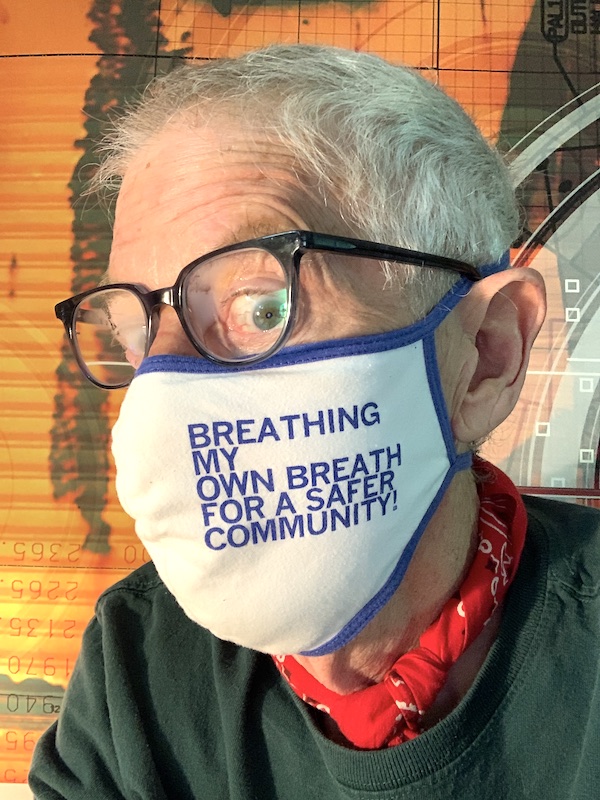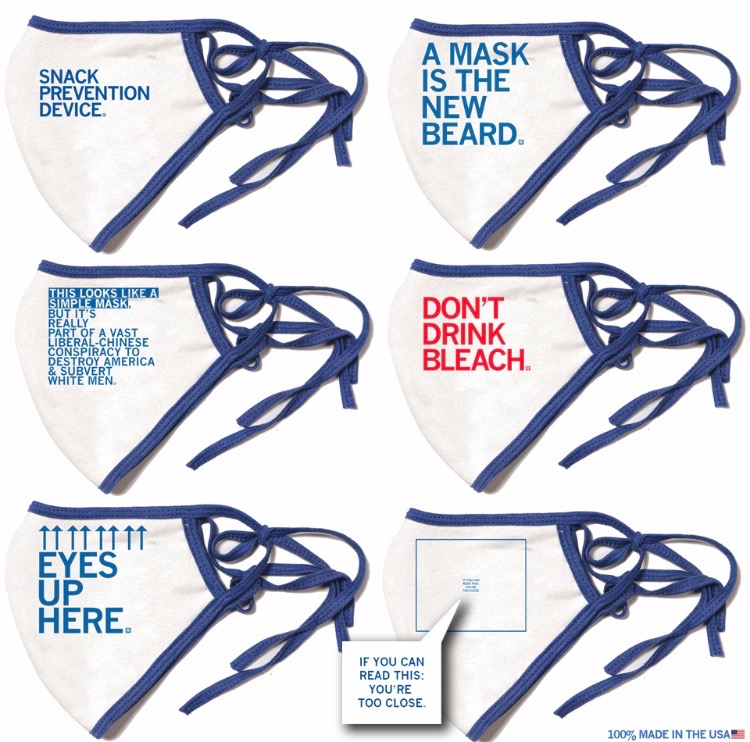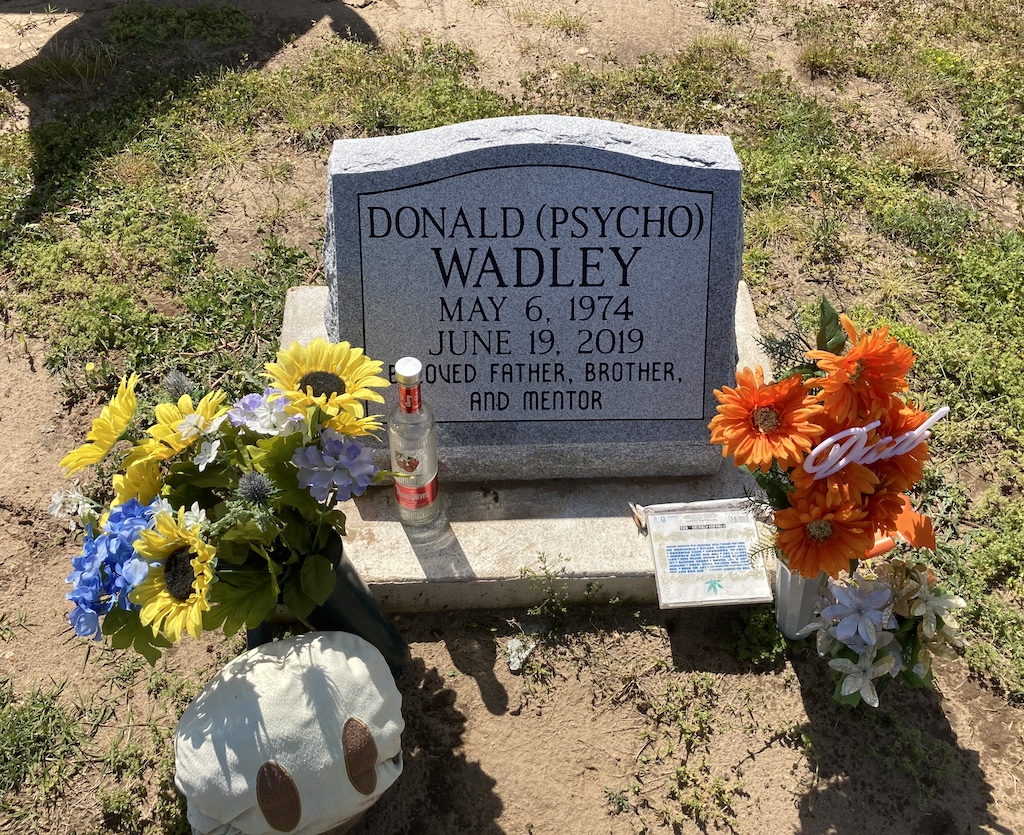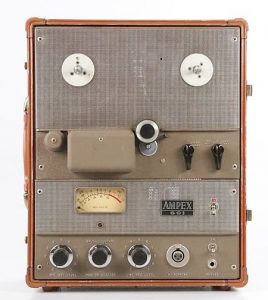- A robot/computer cannot possibly do the tasks I do.
- [Later] OK, it can do a lot of this tasks, but it can’d do everything I do.
- [Later] Okay, it can do everything I do, except it needs me when it breaks down, which is often.
- [Later] OK, it operates flawlessly on routine stuff, but I need to train it for new tasks.
- [Later] OK,OK, it can have my old boring job, because it’s obvious that was not a job that humans were meant to do.
- [Later] Wow, now that robots are doing my old job, my new job is much more interesting and pays more!
- [Later] I am so glad a robot/computer cannot possible do what I do now.
[Repeat]
The Inevitable by Kevin Kelly (2016)





